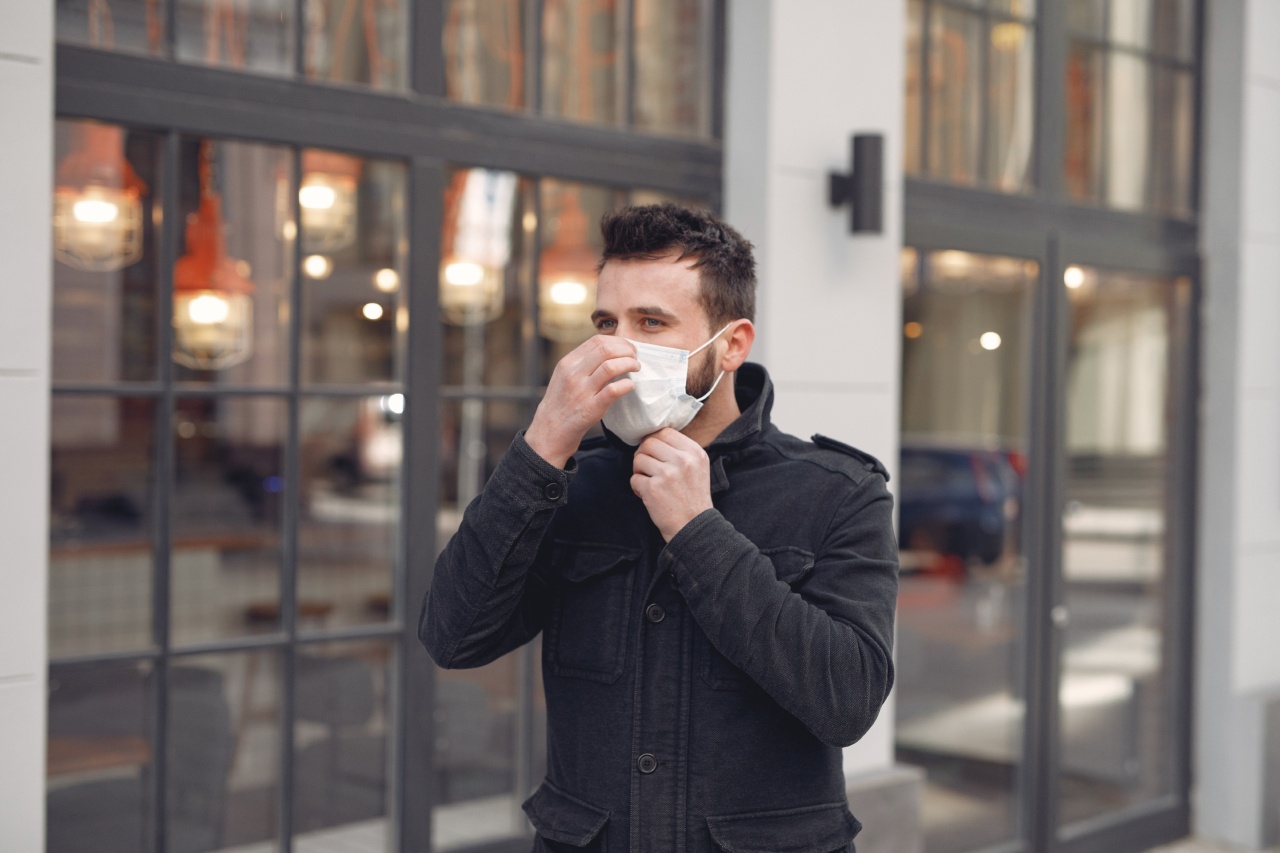Living in a bustling city often comes with numerous advantages – endless job opportunities, cultural diversity, and a vibrant lifestyle.
However, amidst the concrete jungle, there lurks a hidden danger that many city dwellers may not be aware of – the health risks associated with breathing in city air. While city air pollution is a global concern, it poses particularly severe risks to those who spend a significant amount of time in urban areas.
In this article, we will explore the detrimental effects of city air pollution on human health, uncovering the reasons behind these risks, and exploring potential solutions.
The Composition of City Air
City air is a complex mixture of pollutants that arise from various sources, both anthropogenic and natural.
The main components of city air pollution include particulate matter, nitrogen dioxide, ozone, sulfur dioxide, and volatile organic compounds (VOCs). These pollutants can come from vehicular exhaust, industrial emissions, construction activities, and the burning of fossil fuels.
The Impact on Respiratory Health
City air pollution has a profound impact on respiratory health.
One of the primary health risks associated with breathing in polluted air is the increased prevalence of respiratory illnesses such as asthma, bronchitis, and chronic obstructive pulmonary disease (COPD). Studies have shown that long-term exposure to city air pollution can cause inflammation of the respiratory tract, leading to the development or exacerbation of these conditions.
Particulate matter, also known as particle pollution, is a significant contributor to respiratory problems associated with city air pollution.
Particles suspended in the air can vary in size, with smaller particles (<2.5 micrometers) being particularly harmful as they can penetrate deep into the lungs and enter the bloodstream. These particles can cause or worsen respiratory symptoms, trigger asthma attacks, and increase the risk of respiratory infections.
Nitrogen dioxide (NO2) is another common pollutant in city air, primarily emitted by motor vehicles, power plants, and industrial processes.
Prolonged exposure to NO2 can cause respiratory irritation, inflammation of the airways, and reduced lung function. Individuals with pre-existing respiratory conditions are particularly vulnerable to the harmful effects of NO2.
Cardiovascular Risks
City air pollution not only affects respiratory health but also poses significant risks to cardiovascular health.
Long-term exposure to pollution increases the chances of developing cardiovascular diseases such as heart attacks, strokes, and hypertension. Fine particulate matter, volatile organic compounds, and nitrogen dioxide contribute to the development or progression of cardiovascular conditions by promoting inflammation, oxidative stress, and the formation of blood clots.
Additionally, air pollution can also negatively impact blood vessels, leading to atherosclerosis – the buildup of fatty deposits and plaque in arterial walls. Atherosclerosis restricts blood flow, increasing the risk of heart attacks and strokes.
Impacts on Mental Health
While the physical health risks of city air pollution are well-documented, emerging research suggests that it can also have detrimental effects on mental health.
Studies have linked air pollution to an increased risk of mental health disorders such as depression, anxiety, and cognitive decline.
There are several mechanisms through which air pollution can affect mental well-being. Firstly, the inflammatory response triggered by polluted air can impact brain function and neurotransmitter signaling, potentially leading to mood disorders.
Secondly, pollutants can cross the blood-brain barrier and directly affect brain tissue. Thirdly, the stress of living in polluted environments can contribute to psychological distress and increased risk of mental health issues.
The Impact on Children
Children are particularly vulnerable to the health risks associated with city air pollution. Their developing bodies and immune systems make them more susceptible to the harmful effects of pollutants.
Additionally, children have higher breathing rates and inhalation volumes compared to adults, resulting in a higher intake of pollutants per unit of body weight.
Exposure to city air pollution during childhood can have long-lasting effects on health and development.
Studies have shown that children living in highly polluted areas are at a higher risk of developing asthma, allergies, and other respiratory conditions. Furthermore, exposure to air pollution during critical stages of growth can impact cognitive development and lead to long-term neurological effects.
Addressing the Issue
Reducing city air pollution requires a multi-faceted approach that involves collaboration between governments, industries, and individuals. Here are some measures that can be taken to mitigate the health risks associated with breathing in city air:.
1. Improving Air Quality Standards
Governments should prioritize stringent air quality standards and regularly monitor pollution levels. Implementing and enforcing regulations on emissions from industries and vehicles is crucial for reducing pollution and protecting public health.
2. Promoting Clean Energy
Transitioning to clean and renewable energy sources can significantly reduce air pollution.
Encouraging the use of electric vehicles, investing in public transportation, and promoting renewable energy generation are key steps towards achieving cleaner city air.
3. Green Spaces and Urban Planning
Increasing green spaces within cities and implementing sustainable urban planning can help mitigate the impacts of air pollution. Trees and vegetation act as natural air filters, absorbing pollutants and improving air quality.
Additionally, urban planning that prioritizes walking and cycling can reduce vehicular emissions.
4. Public Awareness and Education
Increasing public awareness about the health risks of city air pollution is crucial. Educational campaigns can empower individuals to make informed choices and take measures to protect themselves and their communities.
Simple actions such as using public transportation, reducing car usage, and advocating for clean air policies can make a significant difference.
Conclusion
The health risks associated with breathing in city air cannot be ignored. City dwellers must be aware of the pollutants that surround them and take necessary precautions to protect their health.
Governments, industries, and individuals all have a role to play in reducing air pollution and creating cleaner, healthier cities for future generations.






























